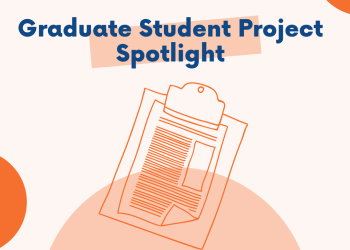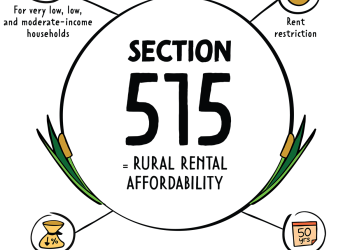Minnesota’s English Learner student population has consistently grown in recent years and is growing at a faster rate than the total student population. A complex web of funding streams intends to support English Learners; however, concerns have been raised over whether designated funding is reaching English Learners and whether it is providing adequate support. This report aims to address those concerns through the following study aims: 1.) Provide a clear understanding of English Learner funding streams and how the funding is spent, 2.) Get a sense of whether the current funding is meeting students’ needs, and 3.) Offer suggestions of how English Learner funding could be improved.
At the federal level, Title III and Title I of the Every Student Succeeds Act (ESSA) provides funding to states who in turn allocate the funding to school districts. At the state level, English Learners generate Basic Education Revenue and Basic Skills Revenue, which consists of Compensatory and English Learner Revenue. English Learner Revenue is further split between Basic English Learner Revenue and English Learner Concentration Revenue. All of these funding streams are generated at the district level. This means that the amount of funding a school district receives depends on how many English Learners a school district serves. However, with the exception of Compensatory Revenue, school districts do not have to allocate the funding to the school where it was generated. To get a sense of how this funding is used, we look at Minneapolis Public Schools as a district-level case study and at Anne Sullivan School, Lyndale School, and South High School as school-level case studies. Across all of these contexts, the vast majority of spending goes towards teacher and support staff salaries and benefits.
In response to the second study aim, we conducted a survey of teachers and administrators to understand their sentiments about the levels of English Learner funding, restrictions around funding, and guidance and oversight from the state. In analyzing those results, some key themes emerged. Many teachers felt that current funding levels were too low, leading to negative impacts for their students. When considering the restrictions on funding, most teachers stated that English Learner funding should be used for English Learners; however, there was not consensus on how current restrictions impact their work. Finally, many teachers noted that they do not have direct communication with the state on English Learner funding. Some teachers did note that guidance from the state on best practices for English Learner instruction would be helpful. While more data should be collected, these preliminary findings offer insight into how English Learner funding is impacting their work.
Finally, our report offers suggestions to improve English Learner funding. Firstly, we propose the creation of separate UFARS codes for Compensatory Revenue and English Learner funding. These are currently bundled together under Basic Skills Revenue, which complicates oversight of English Learner spending. Secondly, we suggest incorporating the heterogeneity of English Learners into the funding formulas. An English Learner coming to the Minnesota later in high school, for example, will require more support, and the funding formulas should provide more funding for those students. Thirdly, we propose allocating English Learner Revenue to the school where it was generated and tying the provision of funding to improved outcomes. Lastly, we emphasize adherence to the LEAPS Act by ensuring that all teachers, regardless of subject area, are prepared to support English Learners. Many English Learners are being mainstreamed into general classes without support staff. As a result, it is
crucial that all teachers are able to contribute to the development of English Learners.









